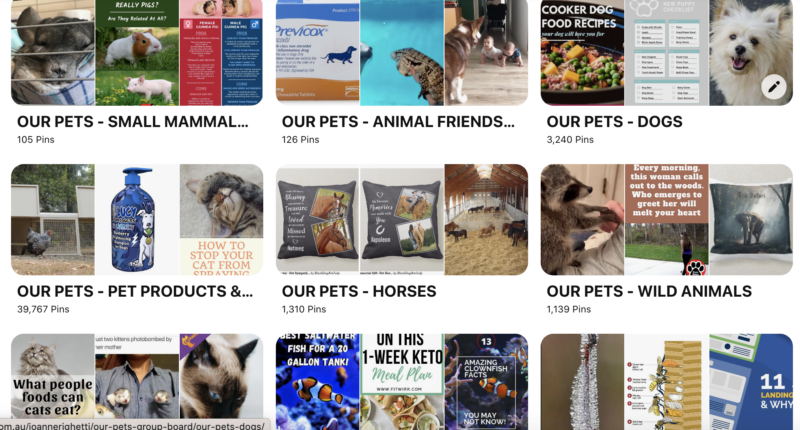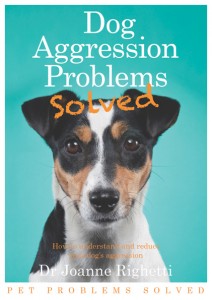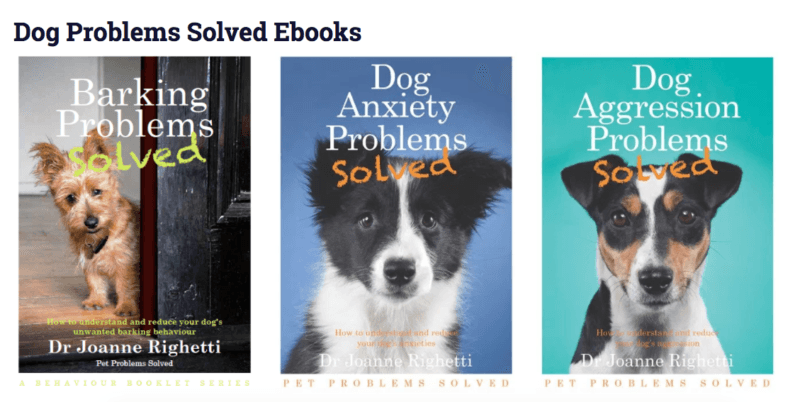Dog Aggression Problems Solved Ebook
Dog attacks continue to be in the news. So tragic 🙁
Every single dog bite is one too many and when someone, usually a child, loses their lives, the tragedy spreads far and wide, affecting families, animals, society.
Governments act when a spate of attacks happen in close proximity. Often the reaction is a knee-jerk response – to be seen to do something quickly and decisively. The best decisions are never made this way. While we all want to prevent another attack happening, changes such as bringing in laws to ban breeds or removing the aggressive dog from society rarely prevent the next attack happening.
So what do we do to reduce the dog bites in our communities?
Well it helps to:
1. Understand just what causes dog attacks and what has caused each individual attack. We are still learning and we often do not make the most of the opportunity to learn.
2. Be aware of dog behaviour. This applies to dogs owners and to everyone in the community.
This is such a potentially dangerous issue, and few people wish to live with a dog that is likely to show aggressive behaviour, that I have written a book on understanding your dog’s aggression towards humans, other dogs and animals… Dog Aggression Problems Solved.
Dogs can’t read so how else are dog aggression problems solved?
In addition to reducing aggression at an individual dog level, it is essential that we reduce this unwanted behaviour at a society level. This, of necessity, involves a co-operative approach between the various stakeholders involved including:
- Dog breeders – to ensure that desirable behavioural traits are bred and that early developmental and environmental factors, which may predispose dogs to specific behavioural traits are understood and monitored. Most responsible dog breeders are doing this already but we know that not all people that breed dogs are responsible.
- Pet owners – to ensure that suitable pets are chosen and that environmental influencers, such as socialisation and training, are understood and implemented.
- Researchers – to assess and evaluate which canine behavioural traits are desired and can be bred, developed and assessed; to monitor the incidence of canine aggression and its influencing factors in society; to monitor the effects and effectiveness of legislation on canine aggression and to assess the genetic and environmental factors that impact on dog aggression.
We are making inroads with research but sill have a long way to go. For instance, a study at the University of Sydney currently examines the brains of dogs that have attacked. Few dogs are made available for this study, however. This must change if we are to understand and prevent future attacks. - Trainers and behaviourists – to work on a one-to-one basis with owners of aggressive dogs and those with the potential to be aggressive. This may involve temperament testing and subsequent therapies.
- Public – to educate themselves and to be educated on dog behaviour and reducing the likelihood of being on the receiving end of dog aggression. This may require a coordinated approach of delivering educational programs, which are evaluated and constantly improved (based on research findings), delivered by professionals and volunteers.
- Government bodies – to collect information about dog aggression incidents, to introduce and implement legislation and to educate pet owners on options available to reduce canine aggression.
A united approach
A united and comprehensive approach to dog bite reduction is a view echoed by many organisations and involved bodies around the world. The cooperation of all stakeholders in the human-animal relationship will ensure that the human-canine bond remains positive in the future.
And don’t forget. Dogs bring us pleasure. They bring us unconditional love. And most do not bite… or want to bite!
Dr Jo presented these views at an animal management conference.
More behaviour problems solved
Top ten problem pets
Why Your Pet Licks, Chews or Overgrooms Themselves
Pets at Pinterest

One comment
Comments are closed.









Great to hear some sensible discussion on the topic. Well done, and hopefully with your new role you’ll be able to spread the word in a co-ordinated approach.